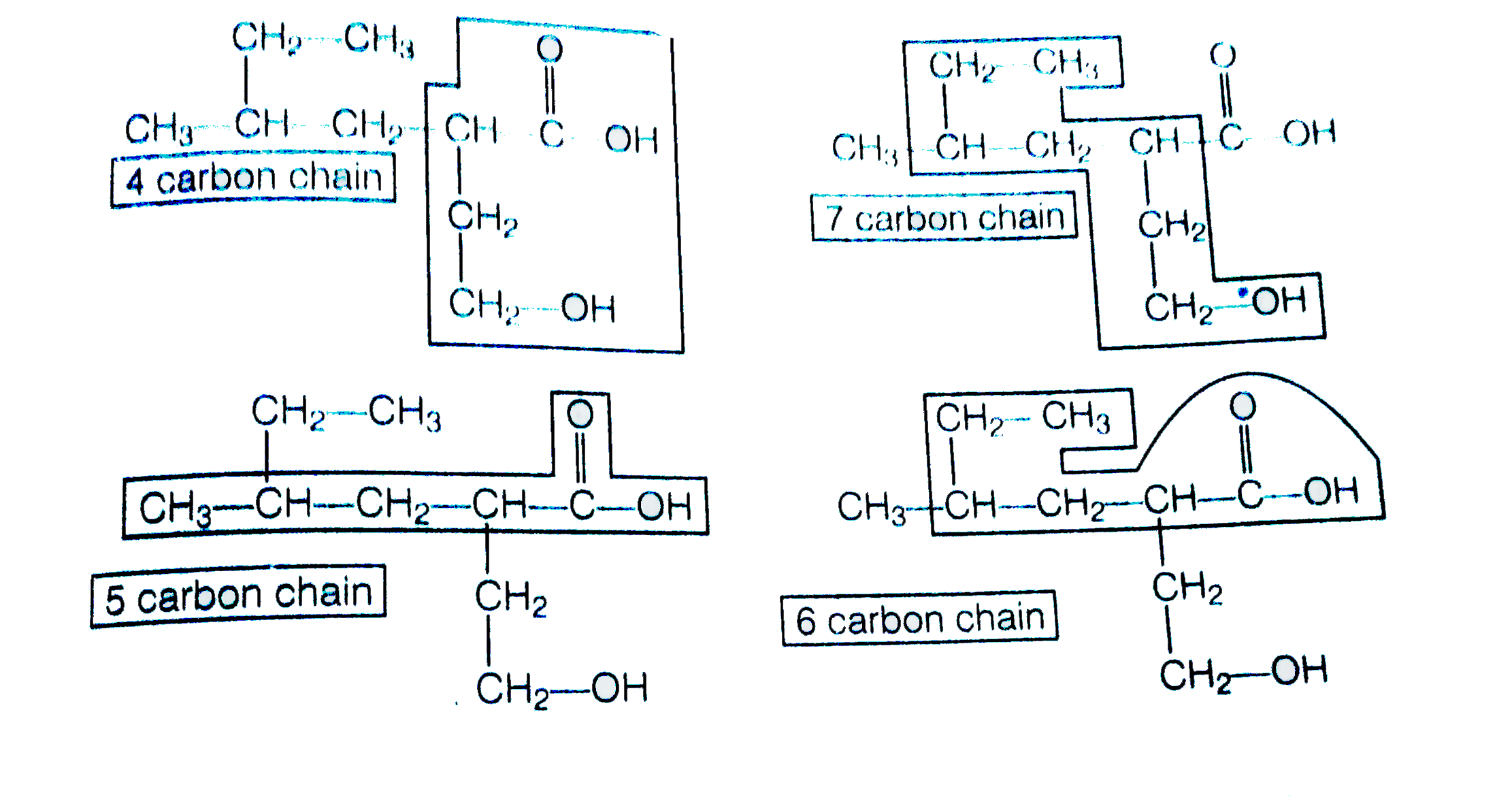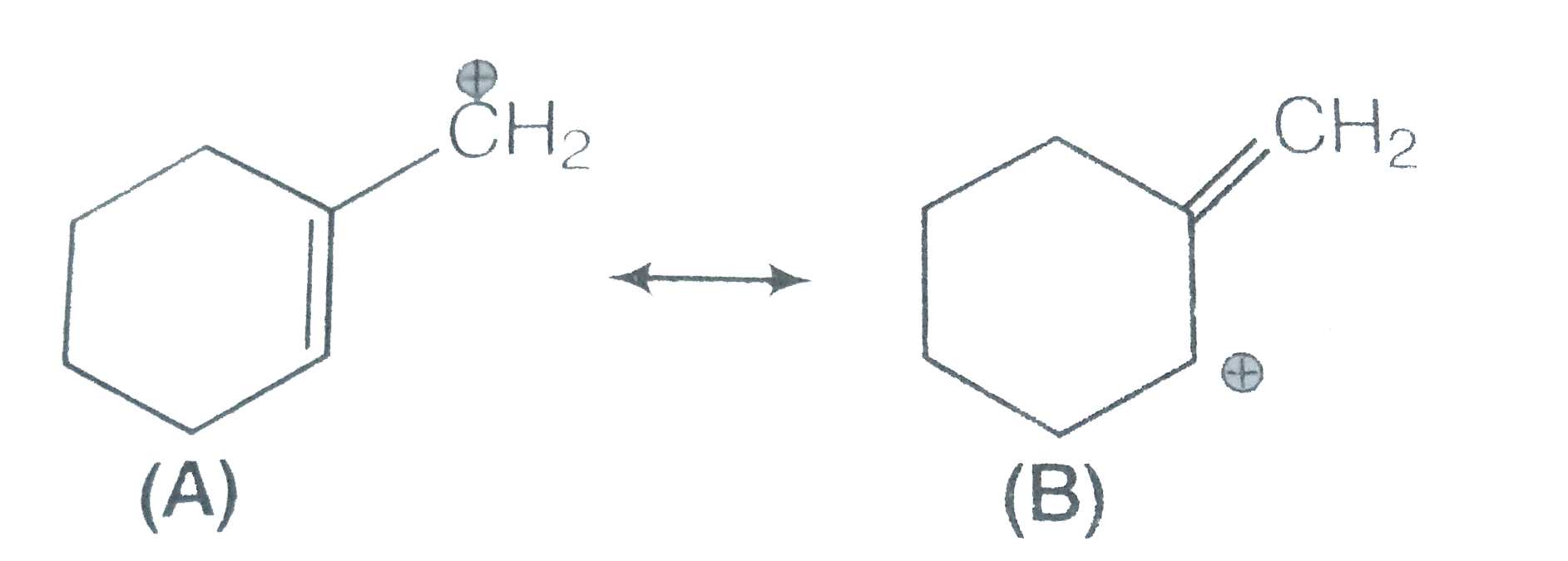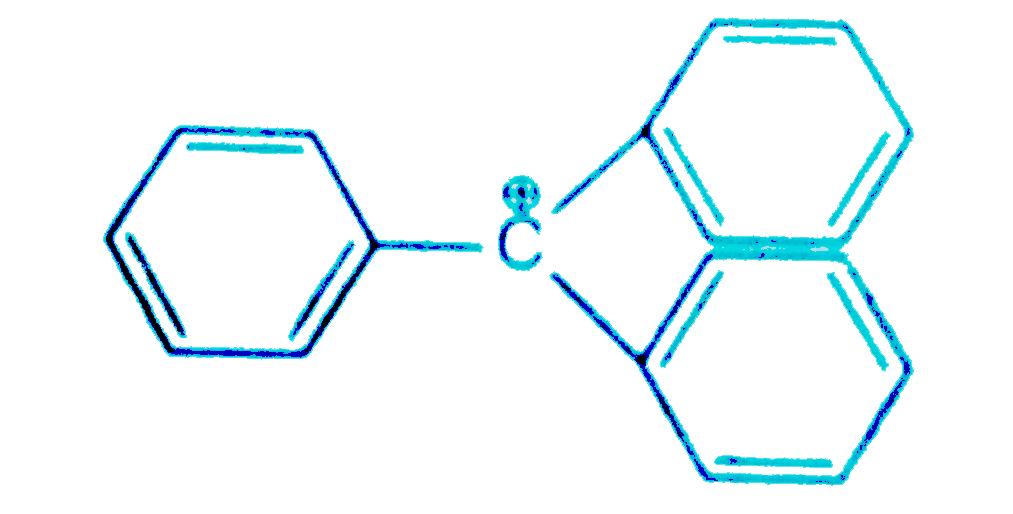Complete Solutions to Short Answer type question of chapter ORGANIC CHEMISTRY : SOME BASIC PRINCIPLES AND TECHNIQUES of Class 11 book with complete answers and questions
| Class 11 | CHEMISTRY |
| Chapter | ORGANIC CHEMISTRY : SOME BASIC PRINCIPLES AND TECHNIQUES |
| NCERT EXEMPLAR | Short Answer type question |
| Number Of Questions | 27 |
| Academic Year | 2023-24 |
I. `CH_(3) - CH_(2) - CH_(2) - CH_(2) - OH`
II. `CH_(3) - CH_(2) - underset(OH)underset(|)(CH) - CH_(3)`
III. `CH_(3) - underset(OH) underset(|)overset(CH_(3))overset(|)(C) - CH_(3)`
IV. `CH_(3) - underset(CH_(3))underset(|)(CH) - CH_(2) - OH`
V. `CH_(3) - CH_(2) - O - CH_(2) - CH_(3)`
VI. `CH_(3) - O - CH_(2) - CH_(2) - CH_(3)`
VII. `CH_(3) - O - underset(CH_(3))underset(|)(CH) - CH_(3)`
Which of the above compounds form pairs of metamers ?
View SolutionI. `CH_(3) - CH_(2) - CH_(2) - CH_(2) - OH`
II. `CH_(3) - CH_(2) - underset(OH)underset(|)(CH) - CH_(3)`
III. `CH_(3) - underset(OH) underset(|)overset(CH_(3))overset(|)(C) - CH_(3)`
IV. `CH_(3) - underset(CH_(3))underset(|)(CH) - CH_(2) - OH`
V. `CH_(3) - CH_(2) - O - CH_(2) - CH_(3)`
VI. `CH_(3) - O - CH_(2) - CH_(2) - CH_(3)`
VII. `CH_(3) - O - underset(CH_(3))underset(|)(CH) - CH_(3)`
Identify the pairs of compounds which are functional group isomers
View SolutionI. `CH_(3) - CH_(2) - CH_(2) - CH_(2) - OH`
II. `CH_(3) - CH_(2) - underset(OH)underset(|)(CH) - CH_(3)`
III. `CH_(3) - underset(OH) underset(|)overset(CH_(3))overset(|)(C) - CH_(3)`
IV. `CH_(3) - underset(CH_(3))underset(|)(CH) - CH_(2) - OH`
V. `CH_(3) - CH_(2) - O - CH_(2) - CH_(3)`
VI. `CH_(3) - O - CH_(2) - CH_(2) - CH_(3)`
VII. `CH_(3) - O - underset(CH_(3))underset(|)(CH) - CH_(3)`
Identify the pairs of compounds that represents position isomerism.
View SolutionI. `CH_(3) - CH_(2) - CH_(2) - CH_(2) - OH`
II. `CH_(3) - CH_(2) - underset(OH)underset(|)(CH) - CH_(3)`
III. `CH_(3) - underset(OH) underset(|)overset(CH_(3))overset(|)(C) - CH_(3)`
IV. `CH_(3) - underset(CH_(3))underset(|)(CH) - CH_(2) - OH`
V. `CH_(3) - CH_(2) - O - CH_(2) - CH_(3)`
VI. `CH_(3) - O - CH_(2) - CH_(2) - CH_(3)`
VII. `CH_(3) - O - underset(CH_(3))underset(|)(CH) - CH_(3)`
Identify the pair of compounds that represents chain isomerism
View SolutionFor testing halogens in an organic compound with `AgNO_(3)` solution, sodium extract (Lassaigne's test) is acidified with dilute `HNO_(3)`. What will happen if a student acidifies the extract with dilute `H_(2)SO_(4)` in place of dilute `HNO_(3)` ?
View SolutionWhat is the hybridisation of each cabon in `H_(2) C = C = CH_(2)` ?
View SolutionExplain, how is the electronegativity of carbon atoms related to the state of hybridisation in an organic compound ?
View SolutionShow the polarisation of carbon-magnesium bond in the following structure.
`CH_(3) - CH_(2) - CH_(2) - CH_(2) - Mg - X`
View SolutionCompounds with same molecular formula but differing in their structures are said to be structural isomers. What type of structural isomerism is shown by

View SolutionWhich of the following selected chains is correct to name to given compound according to IUPAC system ?

View SolutionIn DNA and RNA, nitrogen atom is present in the ring system. Can Kjeldahl method be used for the estimation of nitrogen present in these. Give reasons.
View SolutionIf a liquid compound decomposes at its boiling point, which method (s) can you choose for its purification. It is known that the compound is stable at low pressure, steam volatile and insoluble in water
View Solution'Stability of carbocations depends upon the electron releasing inductive effect of groups adjacent to positively charged atom involvement of neighbouring groups in hyperconjugation and resonace''.
Draw the possible resonance structures for `CH_(3) - underset(..)overset(..)(O) - overset(+)(C) H_(2)` and predict which of the structures is more stable. Give reason for your answer.
View Solution'Stability of carbocations depends upon the electron releasing inductive effect of groups adjacent to positively charged atom involvement of neighbouring groups in hyperconjugation and resonace''.
Which of the following ions is more stable ? Use resonance of explain your answer.

View Solution'Stability of carbocations depends upon the electron releasing inductive effect of groups adjacent to positively charged atom involvement of neighbouring groups in hyperconjugation and resonace''.
The structure of triphenylmethyl cation is given below. This is very stable and some of its salts can be stored for months. Explain the cause of high stability of this cation

View Solution'Stability of carbocations depends upon the electron releasing inductive effect of groups adjacent to positively charged atom involvement of neighbouring groups in hyperconjugation and resonace''.
Write structure of various carbocations that can be obtained from 2-methylbutane. Arrange these carbocations in order of increasing stability
View SolutionThree students, Manish, Ramesh and Rajini were determining the extra elements present in an organic compound given by their teacher. They prepared the Lassaigne's extract (L.E.) independently by the fusion of the compound with sodium metal. Then they added solide `FeSO_(4)` and dilute sulphuric acid to a part of Lassaigne's extract. Manish and Rajni obtained prussian blue colour but Ramesh got red colour.
Ramesh repeated the test with the same Lassaigne's extract, but again got red colour only. They were surprised and went to their teacher and told him about their observation. Teacher asked them to think over the reason for this. Can you help them by giving the reason for this observation. Also, write the chemical equations to explain the formation of compounds of different colour.
View SolutionName the compounds whose line formula are given below.

View SolutionWrite structural formulae for compounds named as
(a) 1-bromoheptane (b) 5-bromoheptanoic acid
View SolutionDraw the resonance structures of the following compounds.
(a) `CH_(2) = CH - underset(..)overset(..)(Cl):`
(b) `CH_(2) = CH - CH = CH_(2)`
(c) `CH_(2) = CH - underset(H)underset(|)(C) = O`
View SolutionIdentify the most stable species in the following set of ions giving reasons
(a) `overset(+)(C)H_(3), overset(+)(C)H_(2) Br, overset(+)(C)HBr_(2), overset(+)(C)Br_(3)` (b) `overset(Θ)(C)H_(3), overset(Θ)(C)H_(2)Cl, overset(Θ)(C)HCl_(2), overset(Θ)(C)Cl_(3)`
View SolutionGiven three points of differences between inductive effect and resona effect.
View SolutionWhich of the following compounds will not exist as resonance hybrid. Give reason for your answer.
(a) `CH_(3)OH`
(b) `R - CONH_(2)`
(c) `CH_(3) CH = CHCH_(2)NH_(2)`
View SolutionWhy does `SO_(3)` act as an electrophile ?
View SolutionResonance structures of propenal are given below. Which of these resonating structures is more stable ? Give reason for your answer.
`CH_(2)=underset("I")(CH-CH)=O harr underset("II")(overset(o+)(CH)_(2)-CH=CH-overset(Theta)(O))`
View SolutionBy mistake, an alcohol (boiling point `68^(@)C`). Suggest a suitable method to separate the two compounds. Explain the reason for your choice.
View SolutionWhich of the two structures (A) and (B) given below is more stabilised by resonance.
`underset((A))(CH_(3)COOH) " and " underset((B))(CH_(3)COoverset(Θ)(O))`
View Solution
Short Answer type question questions and complete solutions for chapter ORGANIC CHEMISTRY : SOME BASIC PRINCIPLES AND TECHNIQUES of NCERT CHEMISTRY (HINGLISH) of Class 11